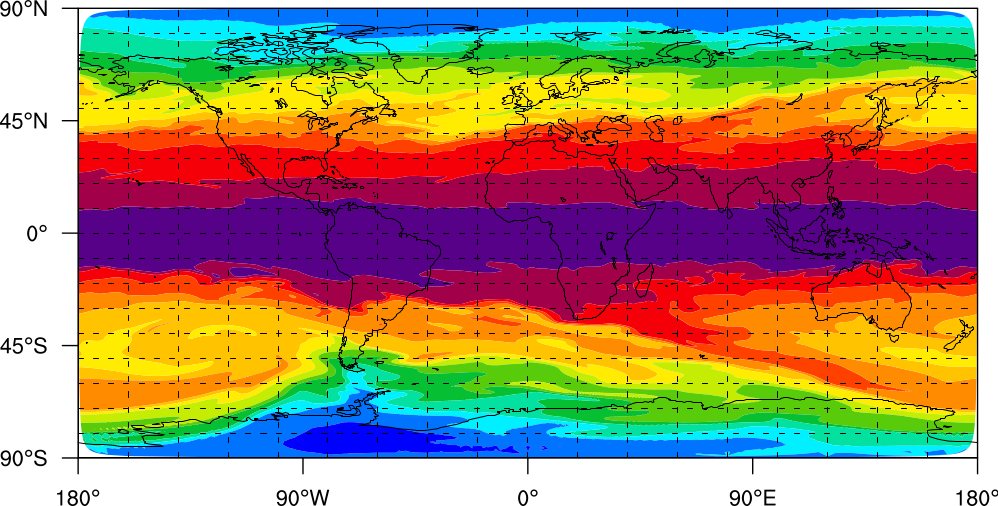Pangolin¶
A large-scale chemistry-transport model for massively parallel architectures¶
On this page, you will find a description below, as well as links to documentation. A paper was published in GMD, see [Praga2012].
Access to the code can be requested to A. Praga (alexis.praga @ free.fr) or D. Cariolle (cariolle @ cerfacs.fr).
What is Pangolin ?¶
Modeling the atmospheric chemical composition is critical for weather forecasting and climate simulations. It can provide useful information for crisis such the Fukushima Daiichi nuclear disaster. In this case, radioactive particles were released in the atmosphere and transported outside Japan. Simulations of radionucleide activity can be extremely valuable for government officials in their management of the situation. As a stunning illustration, you can see this animation, showing an atmospheric dispersion modeling from the CEREA laboratory. Of course, it can also be used to predict the evolution of other atmosphere particles, such as volcanic plumes during the Eyjafjallajökull eruption.
To do that, we model how much a specy is transported by the winds (the advection part) and how the species reacts with one another (chemistry part). How are we going to simulate the transport ? It can be represented mathematically as two equations. Unfortunately, there are no exact solutions for them so we have to do some approximations. First, we apply a grid over all the Earth. Then, for each cell of this grid, the equation will be transformed to a simpler, numerical formulation. Yet there are several ways of choosing the grid and the scheme (how the equation is approximated in the cells). And each possibility has its own pros and cons so there is no perfect choice. Now a common grid is this one :

However, at the North pole, you can see the meridian are converging, leading to very small cells. For some schemes, it can hurt their performances, especially for parallel architectures. That is why we have developped a grid for which all cells have the same area.
Another important aspect for simulations is performance. Major models now run on massively parallel machines, which are equivalent to several thousands of desktop computers stacked together. It allows for better performances, for example finer resolutions leading to more accurate results. But it also requires a special approach, which may not be compatible with all models.
So my PhD is about developping an model which run efficiently on parallel architectures. Using a custom grid, it will provide accurate 3D simulations on very fine resolutions, up to 80 chemical species.
Publications¶
| [Praga2012] | Praga, A., Cariolle, D., and Giraud, L.: Pangolin v1.0, a conservative 2-D advection model towards large-scale parallel calculation, Geosci. Model Dev., 8, 205-220, doi:10.5194/gmd-8-205-2015, 2015. |
